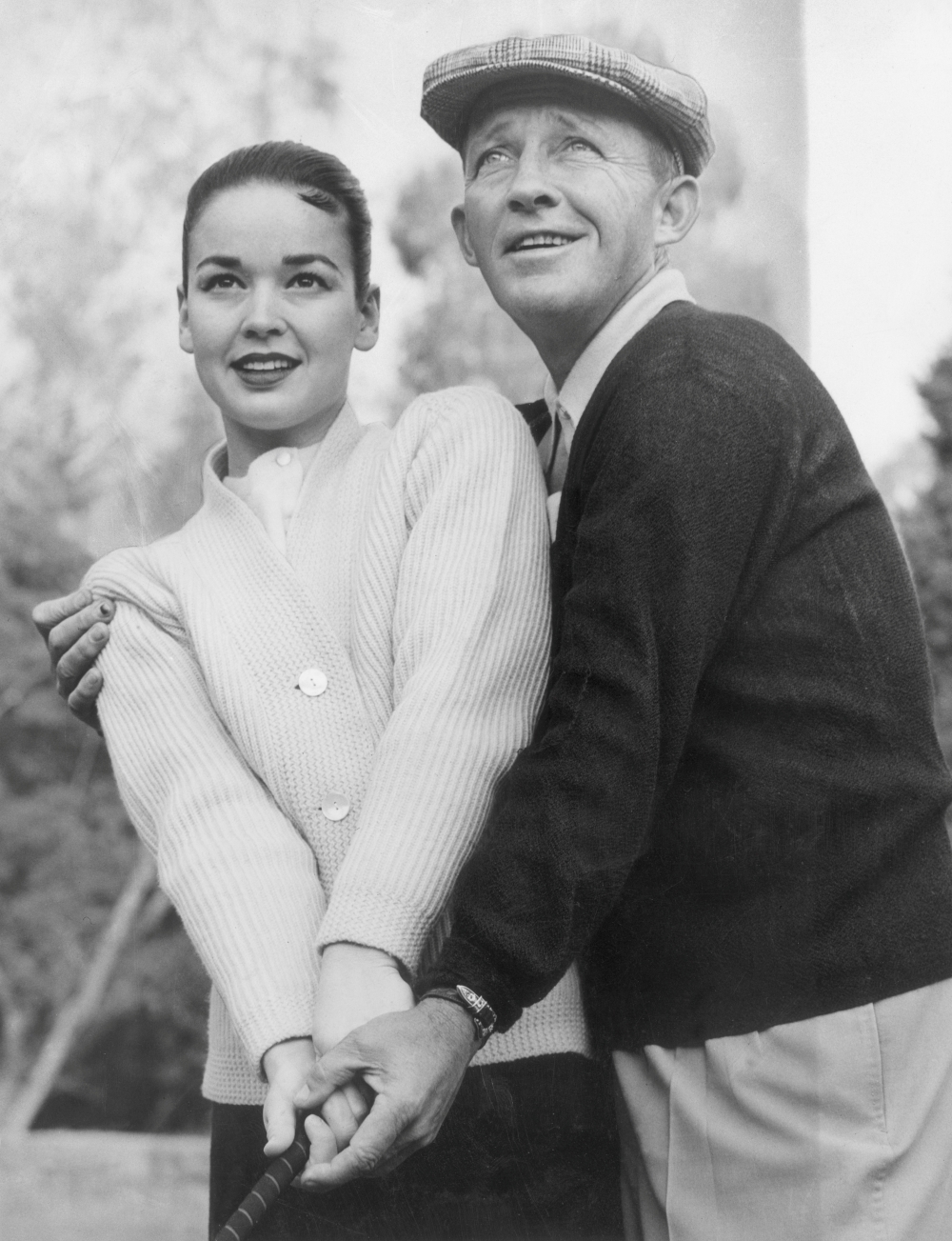Once-in-a-Lifetime Celebration of Breguet’s 250 Years Legacy at Sotheby’s Geneva Auction
Timepieces have long been woven into Sotheby’s identity. Celebrated for their artistry, craftsmanship, and enduring elegance, rare watches continue to charm collectors and enthusiasts — not just for their design, but for the stories and artistry behind them. From jewel-studded marvels to classically crafted watches, these pieces are treasures in their own right and have consistently commanded the highest attention and value at Sotheby’s auctions. More than measures of time, these horological marvels serve as personal expressions, curated to evoke emotion and reflect individuality.

250 Years of Breguet
This November, Sotheby’s Geneva will open its doors to one of the most significant horological events — a tribute to 250 years of Breguet’s extraordinary legacy. On 9 November, watch collectors and connoisseurs will gather for a sale that celebrates not just the passing of time, but the very art of measuring it. Curated in partnership with Montres Breguet SA and Emmanuel Breguet — Vice President, Head of Patrimony, and direct descendant of the brand’s visionary founder, Abraham-Louis Breguet — the auction will bring together some of the most remarkable creations ever to bear the Breguet name. It is the largest dedicated sale of Breguet timepieces in twenty five years, a collection that traces the evolution of the brand. From its Parisian beginnings in 1775 to its enduring presence at the heart of fine watchmaking, the event marks a defining moment in the brand’s timeline. It also coincides with Sotheby’s Luxury Sales in Geneva and the house’s bi-annual flagship Important Watches auction.
Regarded as the most important and influential watchmaker in history, Abraham-Louis Breguet was an inventor, an artist, and a dreamer whose genius changed the course of horology. He rejected convention and created singular timepieces that were defined by their technical mastery, rare materials, and unmistakable elegance.
A Breguet is not merely worn; it is experienced. In the long and often turbulent history of fine watches, few names have acquired the sort of mythos attached to a Breguet timepiece. And this upcoming Sotheby’s auction promises to show why — two and a half centuries later — Breguet remains not only relevant, but stronger than ever.
A Master of His Craft
To flip through Breguet’s historic client register is to journey through time itself — each name a chapter in history, each entry a reflection of taste, intellect, and influence. Within those pages are the signatures of monarchs, visionaries, and creators.
Abraham-Louis Breguet revolutionised watchmaking in ways that truly established him as a master in this craft. With a mind that balanced artistry and engineering, he reimagined what a timepiece could be — solving age-old horological puzzles and introducing inventions that still define modern watchmaking. The tourbillon, the self-winding mechanism, the first shock-absorbing system known as the “pare-chute”, and the now-iconic Breguet balance spring — all bear the mark of his innovation. He even devised the first travelling clock and the ingenious “sympathique” clock, a marvel of mechanical harmony.
Breguet’s clientele was as illustrious as it was diverse. His creations graced the wrists and pockets of Europe’s most discerning figures — kings and queens, statesmen and writers, composers and thinkers — from Marie-Antoinette, Napoleon Bonaparte, Queen Victoria, to Tsar Alexander I of Russia.
“Father of Modern Watchmaking”
Known as “The Father of Modern Watchmaking” — and fondly nicknamed “The Watchmaker of Kings and the King of Watchmakers” — Breguet’s workshop grew into a destination for Europe’s elite who became enamoured with his creations. His watches would take months, if not years, to reach completion — a true display of patience and craft. Among his most ardent admirers was Queen Marie-Antoinette, who owned several of his timepieces for her own personal wear, and spoke of them with the same affection, whether at court or within her trusted inner circle. Her admiration inspired one of Breguet’s greatest masterpieces — watch No. 160, known today simply as the Marie-Antoinette. Conceived to include every known refinement and complication of the era, it became a watch without an equal. As fate would have it, the timepiece was completed only after the Queen’s death — a masterpiece destined never to grace the wrist of its muse. Breguet, who finished watch No. 160 after the French Revolution, kept the piece safe, a silent tribute and a mark of his loyalty to the queen.
Europe’s most powerful figures, like King George III and members of the British Royal Family, all sought his mastery. More than two centuries later, that aura endures and the name Breguet still evokes the same reverence.
Sotheby’s Breguet Auction
Abraham-Louis Breguet’s vision and craft shaped the very course of horology and laid the foundations for modern watchmaking. Sotheby’s upcoming auction pays homage to this remarkable legacy, bringing together a collection that is as historically significant as it is breathtaking. Among the highlights is Breguet’s 1827 Perpétuelle à Tact Watch, a masterpiece featuring a date display, power reserve, and up-and-down indication. Crafted for King George IV of the United Kingdom and Ireland, the watch bears the sovereign’s monogram on its case back — a subtle reminder of the prestige and personal connection woven into each creation.
The sale will also feature other exceptional pieces directly from a branch of the Breguet family, and an open-faced montre à tact with calendar and moonphase indications — the very design that inspired the celebrated Reference 3330.
Final Thoughts
Sotheby’s continues to provide a space where rare watches become personal statements and collections are curated to spark emotion and celebrate individuality. The Geneva event is a celebration of the brilliance of Abraham-Louis Breguet and his many horological breakthroughs. As these historic pieces go under the hammer, each one carries a unique story, ready to continue its journey as part of a living legacy, held by collectors who recognise not only their worth, but their significance, too.



